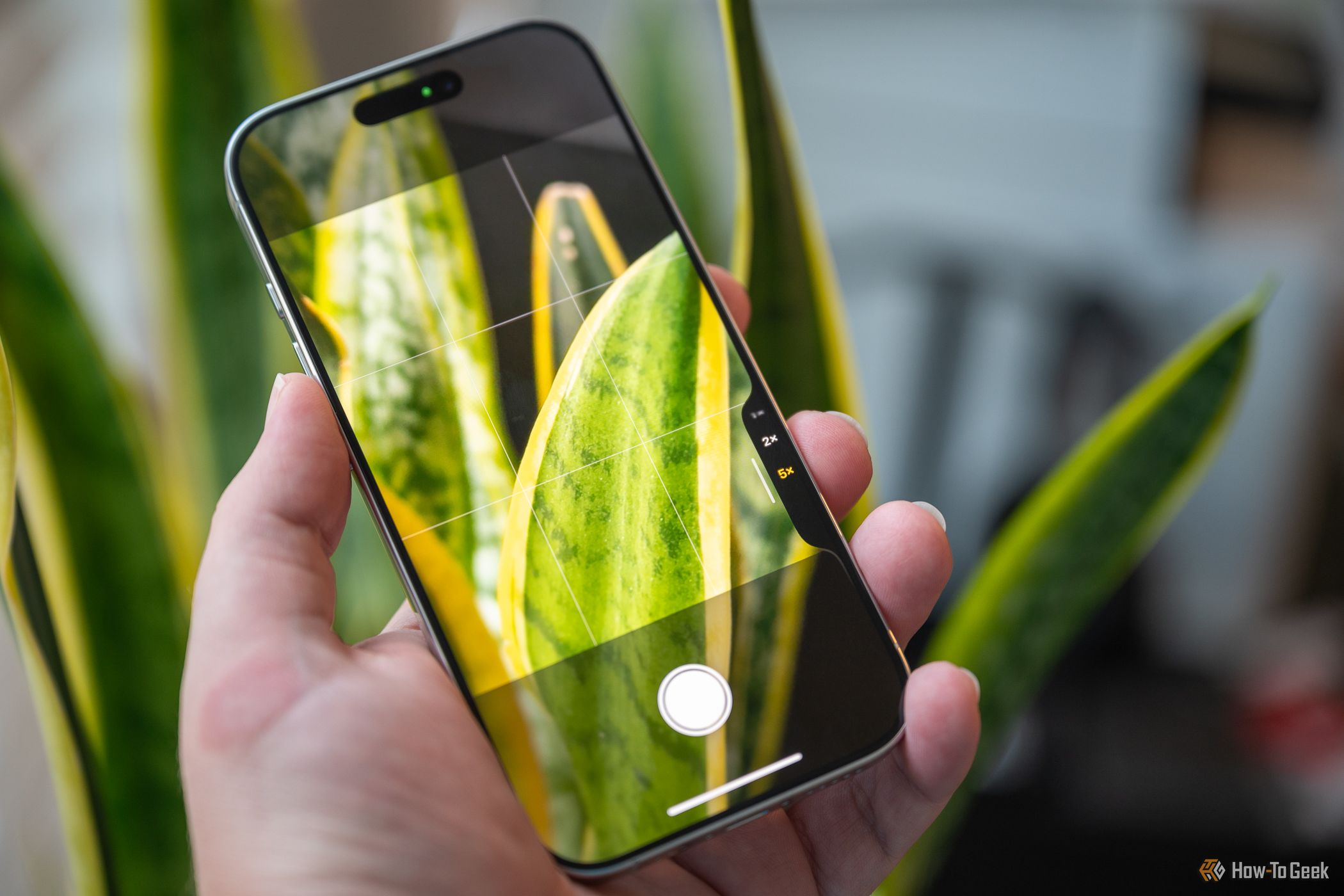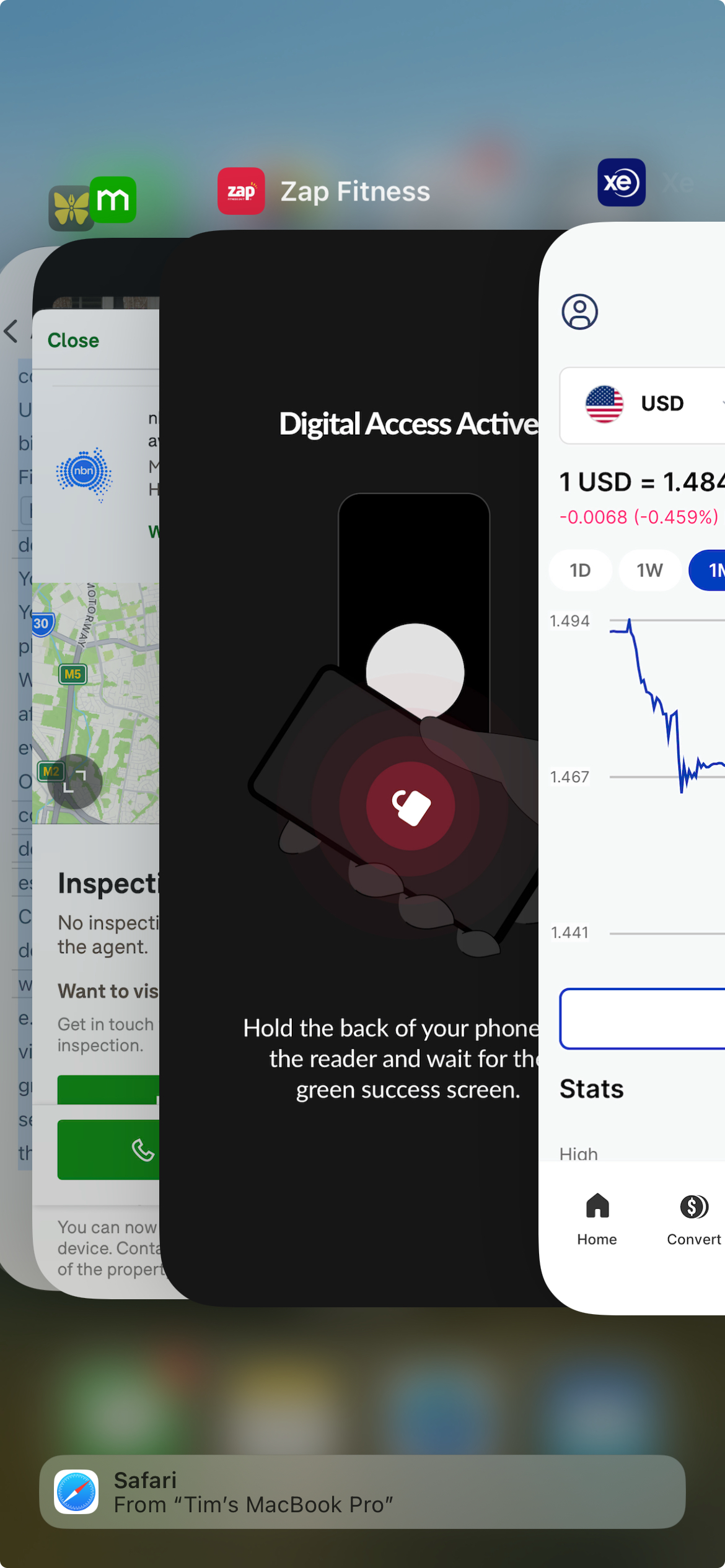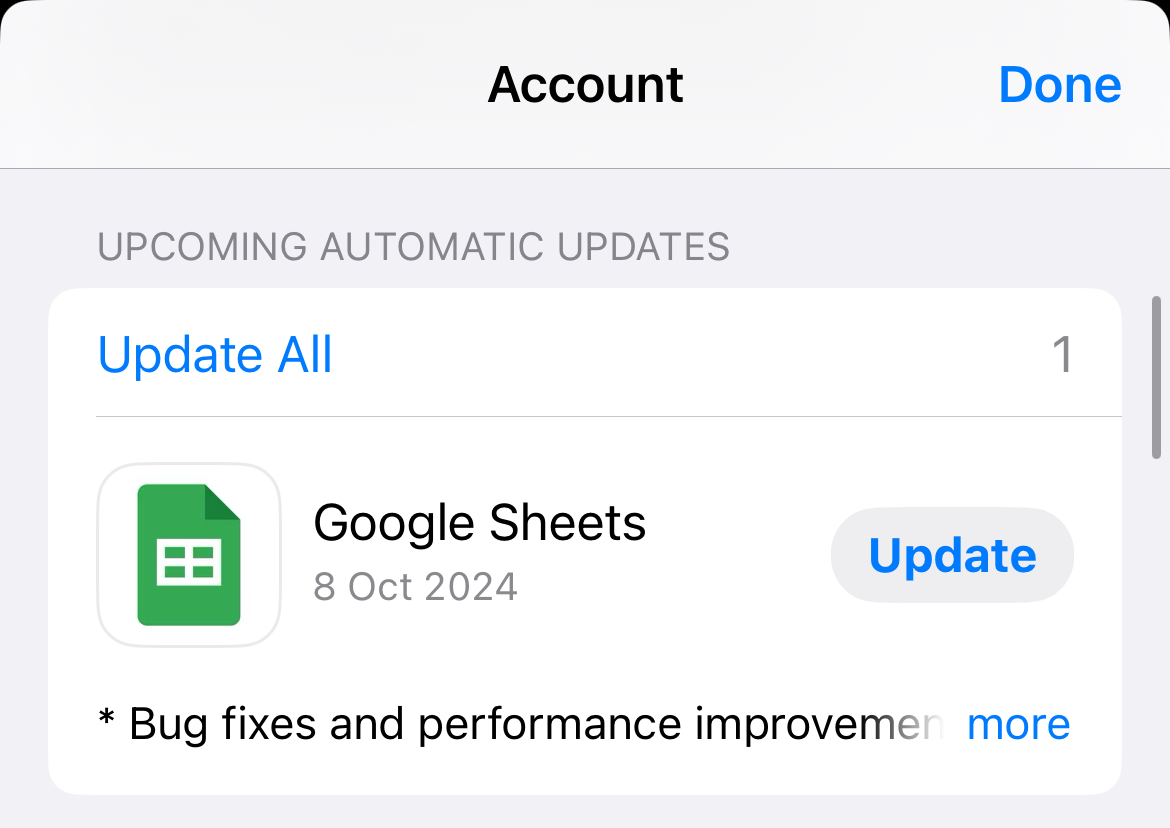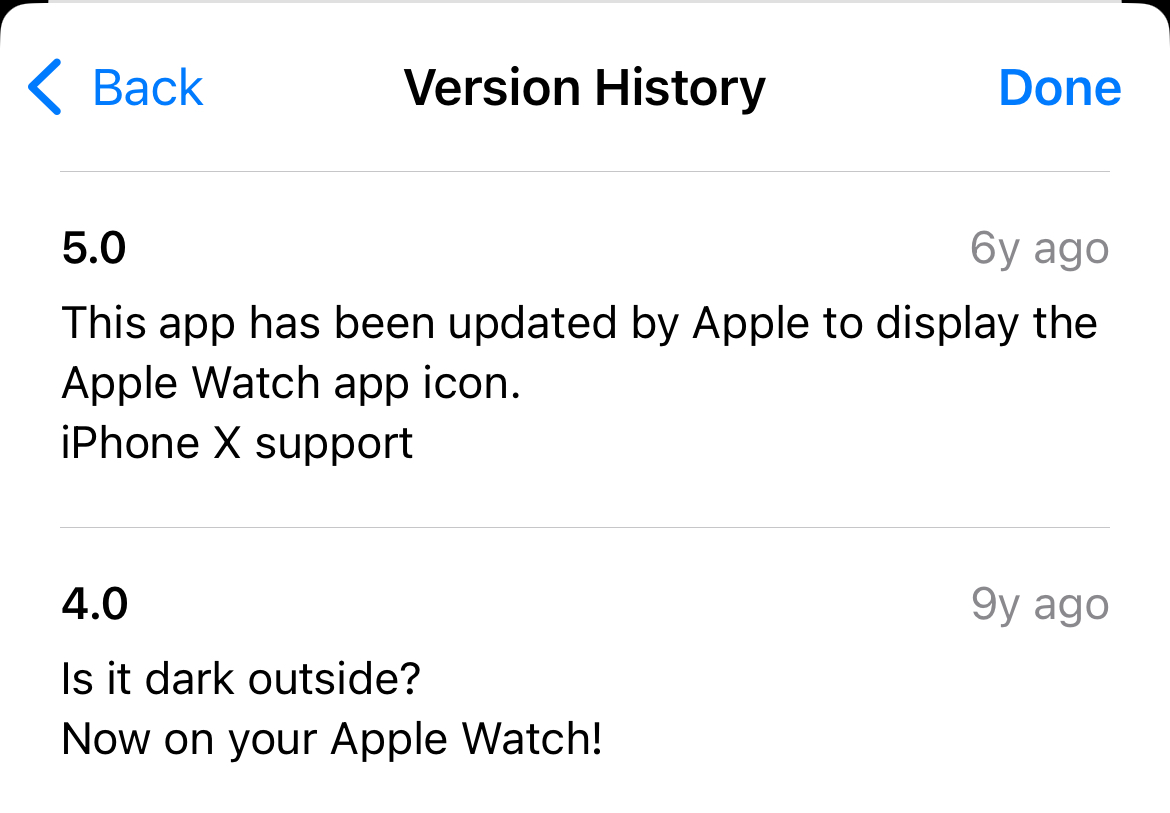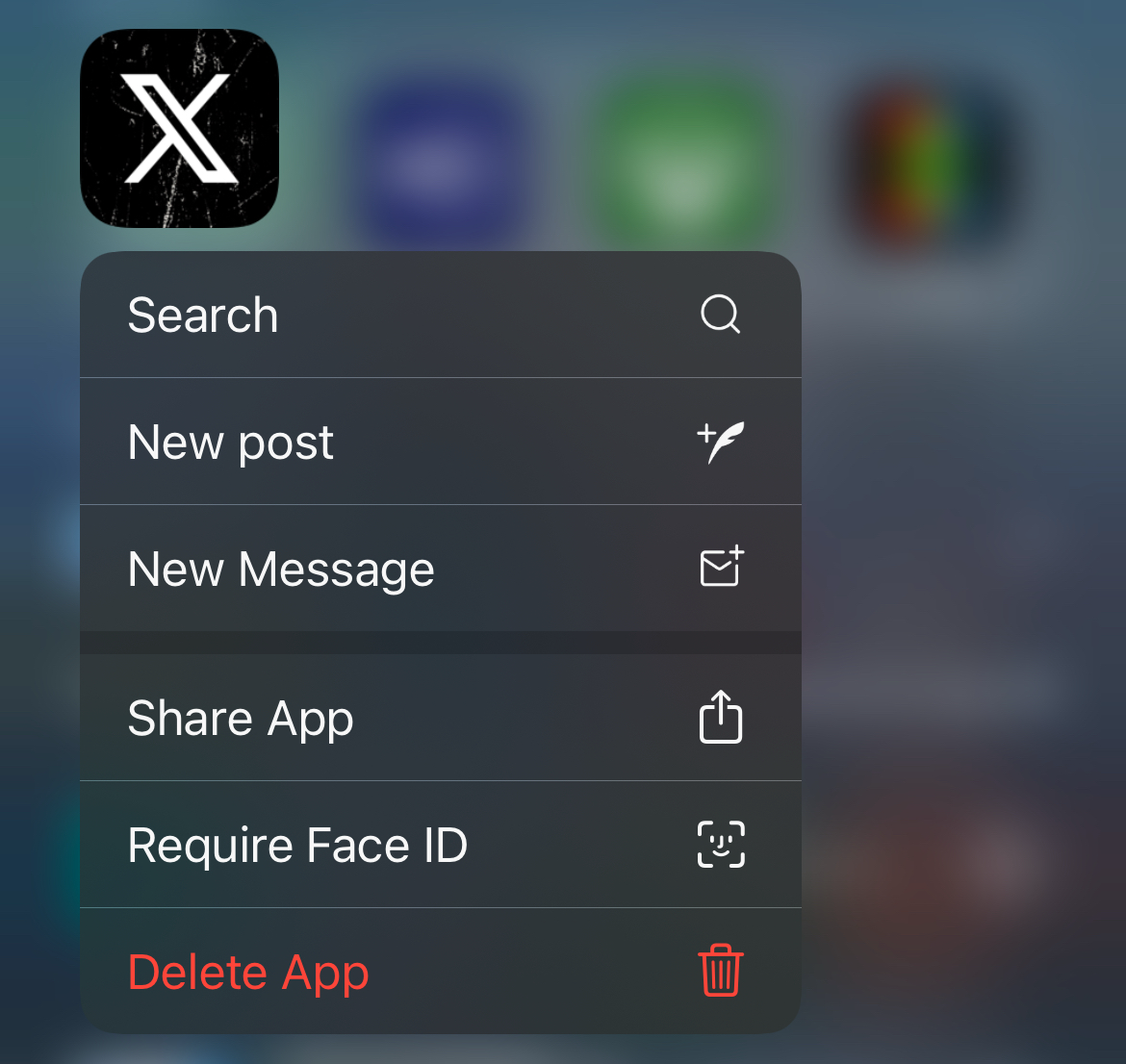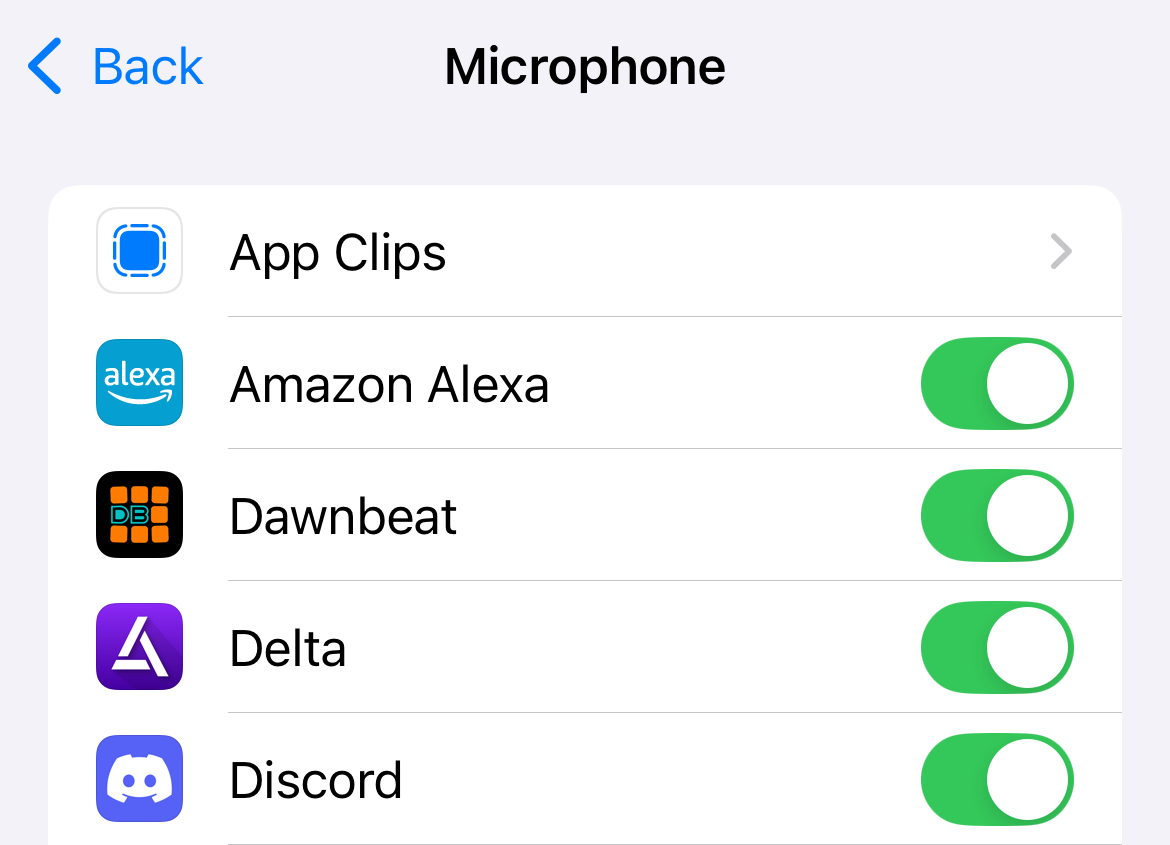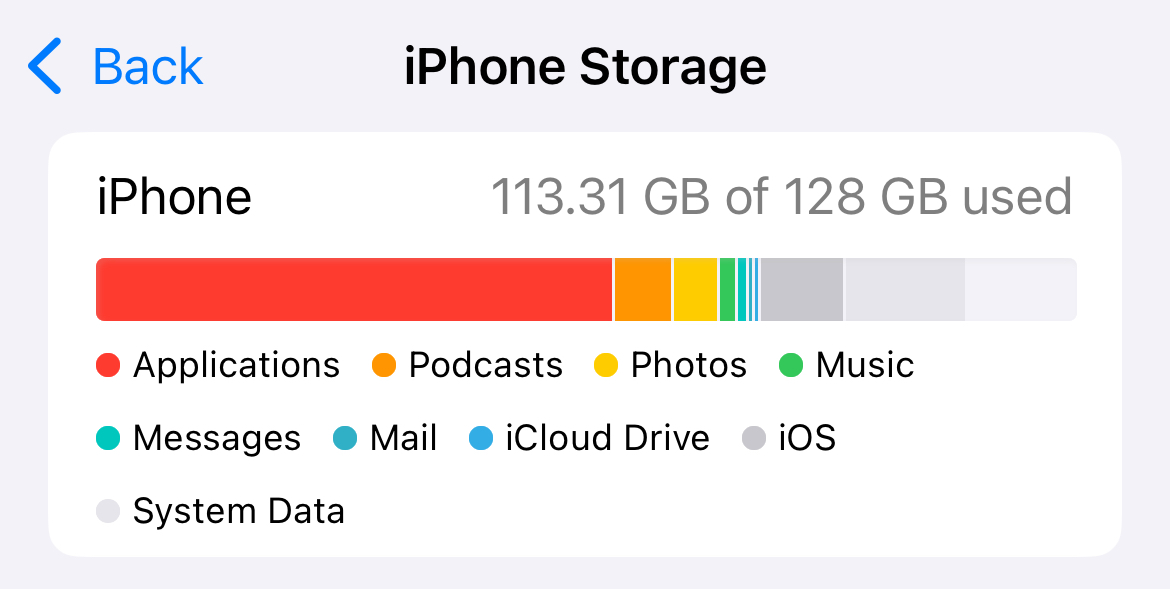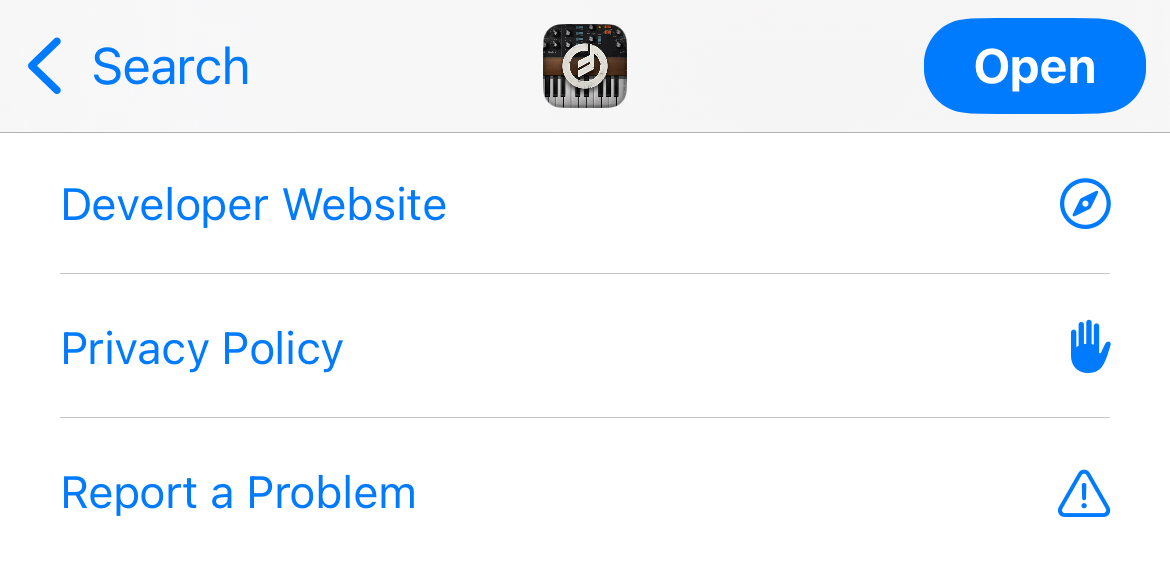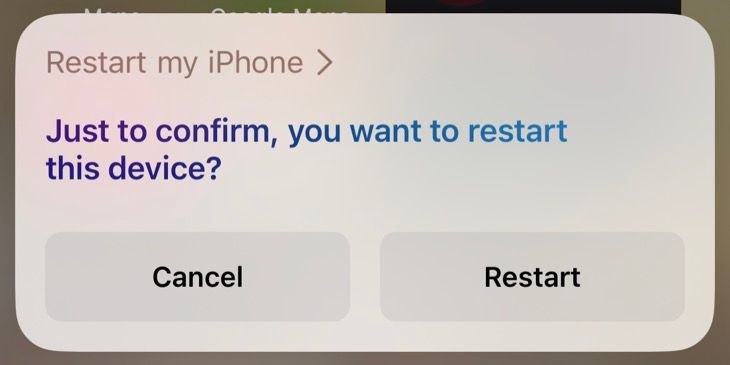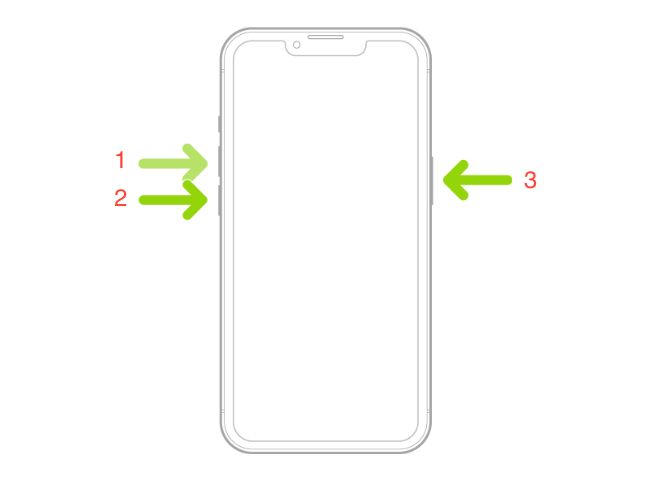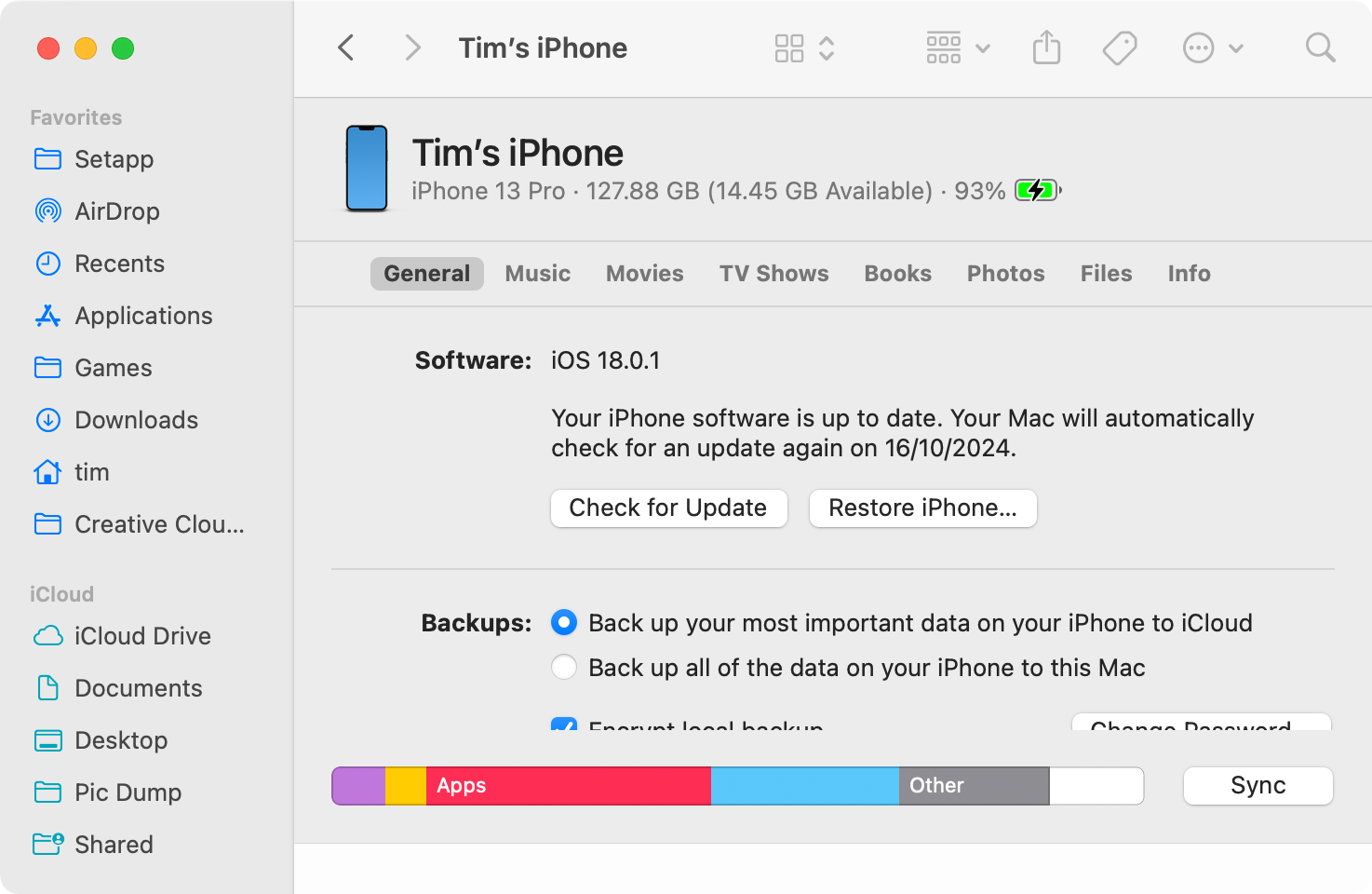Key Takeaways
- iPhone and iPad crashes can be caused by problems with third-party apps or the operating system itself.
- Troubleshoot app crashes by killing unresponsive apps, checking for updates, reinstalling problem apps, seeking alternatives, checking app permissions, and ensuring you have free space on your device.
- System crashes can be fixed by restarting or force restarting, updating the operating system, and reinstalling iOS or iPadOS.
Apps can crash or freeze on iPhones and iPads, just as they can on any other platform. Apple’s iOS and iPadOS operating systems disguise app crashes by closing the app. If you’re experiencing crashing, freezing, or buggy apps, here are a few tips you can use to fix the problem.
Is It an App or Device Crash?
You should first figure out whether it’s an app crash or a device crash. This is pretty simple: if you’re using an app, and it suddenly closes for no reason, the app has crashed. If you’re using an app and it becomes unresponsive, but you can still access other apps, that’s also an app crash. If you’re trying to launch an app and it keeps disappearing, the app is repeatedly crashing.
If your iPhone or iPad has become unresponsive across the system, it’s likely a device issue. Your phone will display a black screen or remain stuck on the Apple logo if the device has crashed. Also, if your iPhone or iPad is slow for no apparent reason, and across multiple apps, it’s a device issue.
If you cannot connect your wireless headphones, send files over AirDrop, or see AirPlay devices, it’s possible a service used by the operating system has crashed.
Troubleshooting App Crashes
There’s plenty that can go wrong and cause apps to crash, become unresponsive, or refuse to open at all. Problems usually stem from issues with the code, unexpected input, and even hardware limitations. Apps are made by humans, after all, and humans make mistakes.
If an app suddenly disappears, it’s due to a crash. In most cases, reopening resolves the problem. If you’re sharing analytics with developers (more on this later), they receive a crash report they can use to prevent the problem from reoccurring.
Kill Unresponsive Apps
If an app is unresponsive, you can kill it using the app switcher. There’s no need to routinely kill apps using this method unless they’re causing issues.
On modern iPhone and iPad models that lack a Home button, the app switcher is accessed by swiping up from the bottom of the screen and flicking to the right. You can also swipe up from the bottom of the screen and hold until you see a list of recently used applications.
If your iPhone or iPad has a Home button at the bottom of the screen, double tapping it will reveal a list of recently-used applications.
You can use this list to switch between apps quickly. Find the application causing the issue, and then touch and swipe up on it to “throw it away” and close it. The app will disappear from the list of recently-used apps.
You can now try to restart the app. After you kill apps this way, it takes slightly longer to open them than it does when they’re suspended in the background. This is why you shouldn’t kill apps unnecessarily.
Check for Updates
Old versions of apps can also cause issues. Upgrading from one major version of iOS or iPadOS to another can cause stability issues if an app isn’t updated to account for the changes. Sometimes, developers abandon their apps entirely.
The most obvious solution here is to check for an update. Launch the App Store and tap on your user icon in the top-right corner of the screen. Scroll down to see two update sections: Upcoming Automatic Updates and Updated Recently.
You can either look for the app that’s causing you trouble in the upcoming updates, or you can tap “Update All” to perform all outstanding updates.
You can also find the app in the App Store (simply search for it) and check the “What’s New” section to see the app’s version history. If an app hasn’t been updated in quite some time, you might want to seek an alternative. Sometimes, developers upload new versions as new apps, with old versions of apps left as “legacy” versions that you can keep using but that may not receive future updates.
You can take a look at a developer’s other apps by tapping its name under the app description in the App Store.
Reinstall Problem Apps
Sometimes, apps crash way too frequently. If an app is crashing each time you try to start it, consider deleting and reinstalling the app. Keep in mind that you’ll lose all local app data when you delete it. You shouldn’t worry about this for apps that use cloud storage (like Evernote, Google Drive, and Pages).
If the app requires that you log in, you’ll have to do this again when you reinstall it.
There are multiple ways to delete an app from your device, but the easiest is to simply search for it. To do this, pull down on the Home screen to reveal a search field and type in the name of the app. Now tap and hold on it until you see a context menu appear. Hit “Delete App” and confirm in the pop-up that appears.
If an app has been hidden, you’ll need to find it first. To do this, unlock your device and scroll left on the Home screen until you find the App Library. Scroll down to the bottom of the app categories, and tap on the “Hidden” category and the app should appear. You can now tap and hold the app icon and choose “Delete App” then confirm.
Now launch the App Store and search for the app to reinstall it.
Check Your App Permissions
Sometimes, privacy settings can wreak havoc with your apps. For example, if a mapping app can’t fetch your location, you need to make sure it has access to that information.
Head to Settings > Privacy & Security and check any relevant categories, like Camera, Microphone, or Location Services. Any apps that require your permission to access services or information will be listed here.
Create Some Free Space
If your device is full to the brim, you may encounter weird app behavior. This is particularly true of apps that require free space to function, like camera apps, audio recorders, and so on. You might also encounter a general operating system slowdown.
Head to Settings > General > iPhone Storage to see how much free space you have. Learn how to create free space on iPhone or iPad.
Get a Refund
If you’ve downloaded an app that doesn’t work, you can reach out to Apple and request a refund. To contact the developer, find the app on the App Store, and then scroll down to the “Information” section. Tap on “Report a Problem” and login with your Apple ID when prompted.
Use the “I’d like to…” drop-down to pick “Request a refund” and then describe the problem. Hit “Next” and submit your complaint. Apple will review your request and (hopefully) refund your account. Just make sure that you’re using the same Apple ID with which you purchased (or downloaded) the app.
Troubleshooting Hardware and System Crashes
iPhone and iPad use Apple’s iOS and iPadOS respectively. Despite the platform being relatively stable, problems can occur occasionally. These can include random restarts, software glitches, and freezes that require manual intervention.
Restart Your iPhone or iPad
Many issues are resolved simply by restarting your device. If you’ve noticed weird OS behavior, like a screen that won’t “sleep” or problems with audio playback, a restart might do the trick.
The easiest way to restart your iPhone or iPad is to trigger Siri and ask “restart my iPhone.” You’ll then be asked to confirm your request. You can also restart your device by switching it off and on again. To do this, press and hold the “Side” (lock) button and one of the volume buttons until the “Slide to Power Off” menu appears.
Use the slider to turn the device off, wait a few seconds, and then press and hold the Side button to turn your iPhone or iPad back on again.
Recover an Unresponsive iPhone or iPad
If your iPhone or iPad is completely unresponsive or appears to be frozen, you’ll need to force a reset by holding some buttons. This differs depending on which device you’re using:
If your iPhone or iPad doesn’t have a Home button, you can do this by pressing and releasing Volume Up, pressing and releasing Volume Down, and then pressing and holding the “Side” (lock) button until the Apple logo appears. You’ll need to be quick, so you might have to try multiple times to get this working.
For the iPhone 7, press and hold Volume Up and the Sleep/Wake button until the Apple logo appears.
For iPhone and iPad models with a Home button, you’ll need to press and hold the Home button and “Sleep” (lock) button until you see an Apple logo.
Update iOS or iPadOS
Updating your iPhone or iPad can resolve issues sometimes. You can do this by heading to Settings > General > System Update and seeing if there are any updates waiting for you. You can also opt out of beta access using this menu. Beta versions of iOS or iPadOS can be unstable and cause crashes. After opting out you’ll need to wait for the next stable version to drop before you can update.
Reinstall iOS or iPadOS
Sometimes, problems can’t be solved by a restart, and you might need to reinstall the operating system. This is the last resort for persistent issues related to the core operating system. Problems like this can arise from the use of third-party software used to “clean” or maintain your iPhone and jailbreaking.
Keep in mind that reinstalling iOS or iPadOS will cause you to lose all of the data on your iPhone. Make sure you have an iCloud backup so you can restore your data when you’re done.
First, you’ll need to remove your device from Find My iPhone to disable Activation Lock. To do this, head to Settings and tap on your name followed by “Find My.” Tap the “Find My iPhone” or “Find My iPad” option, then toggle “Find My iPhone” (or iPad) off and enter your Apple ID password.
If this option is grayed out, you’ll need to disable Stolen Device Protection under Settings > Face ID & Passcode (or Touch ID & Passcode) then tapping “Stolen Device Protection” followed by “Turn Off Protection” and following the instructions.
To reinstall iOS or iPadOS you’ll need to connect your device to a Mac or PC running Windows. On a Mac you can connect your device, accept the connection request that appears, and then use Finder to select your iPhone or iPad from the “Locations” section of the sidebar.
On Windows you’ll need to download and install iTunes, then select your device at the top of the screen.
You should now see a list of options under the “Summary” tab for your device. Use the “Restore iPhone…” option and follow the prompts to restore iOS.
Suspect a Hardware Issue?
If you’ve tried everything and believe your issue is hardware-related, you can find out for free by booking yourself an appointment at the nearest Apple Store or authorized service center. If your iPhone is still under warranty, any repairs will be covered and free of charge. You can find out if you’re covered on Apple’s website.
If your iPhone isn’t covered, you’ll only be charged for any work you approve. Apple’s technicians will run a diagnostic on your device and find out if there are any issues under the hood.
You can then decide whether you want to get the device repaired. If repairs are expensive, it might be worth opting for a new device, instead. Apple will offer you some trade-in credit to use on your new device.


